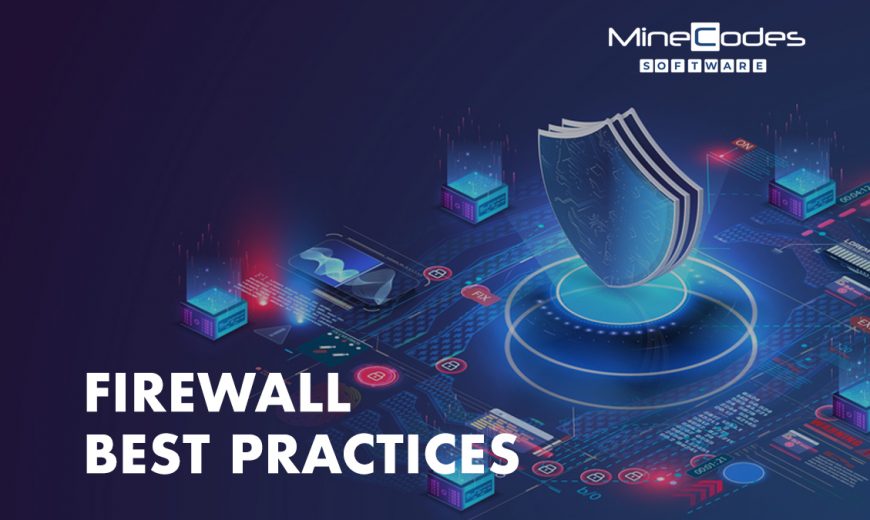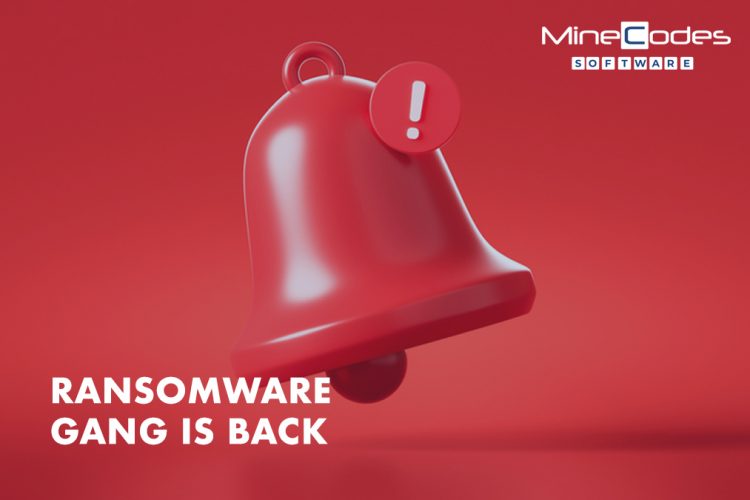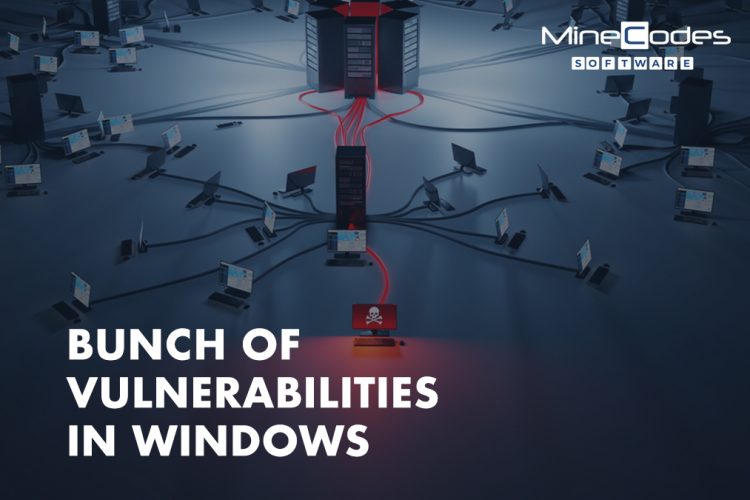
A network firewall is the most important security tool you have, and it has to be as robust as possible. Administrators face a difficult challenge when it comes to network firewall setting because they must strike the right balance between security and user performance.
The setup of your network firewall should not only guard against external security risks, but also against malware that might exfiltrate important data from your network to other sites. Rather of focusing just on current attacks, it is also critical to safeguard the network from any potential future security risks.
Here is a list of seven firewall best practises for network administrators to follow in order to protect the network from any present or future threat:
- By default, traffic is blocked, and user access is monitored.
By default, it’s a good idea to block all network traffic. Allow just specified types of traffic to recognised services. This gives you more control over who may access your network and helps you avoid security breaches.
Because the firewall is your first line of defence against attacks, anybody and everyone should not be able to change the settings. To guarantee that only authorised administrators have access to alter firewall configurations, user permission control is required. Aside from that, all configuration changes made by an authorised administrator must be documented in the log for auditing and compliance purposes. Any unintentional configuration changes may therefore be identified, and configuration restoration can be carried out if necessary.
You may also establish distinct user accounts to provide IT personnel different levels of access, only as much as they need for their jobs. Firewall logs must be checked on a regular basis to detect any unwanted firewall intrusions from within or outside the network.
- Make a strategy to modify the firewall settings.
For different reasons, your network’s firewall will need to be upgraded from time to time. This is required to maintain the firewall’s strength and ability to guard against new threats. However, it is critical to have a change management strategy in place to ensure a seamless and safe transition. Any unanticipated configuration change exposes a security flaw in your network.
Certain essential aspects must be included in a well-defined and comprehensive firewall change management plan:
- It must specify the needed modifications as well as their goals.
- It should also include a summary of the risks posed by the policy changes, their effects on the network, and a plan to mitigate those risks.
- Change management workflow between multiple network teams with a well-defined framework.
- Audit trails that document who made the change, why they made it, and when they did it.
- Make your network’s firewall rules more efficient.
To offer the desired protection, firewall rules must be well-defined and tuned. Getting rid of any unneeded clutter in your firewall rule base might help improve your network security.
There may be redundant parts, duplication, or bloated unneeded rules in your firewall rule base, making the guidelines confusing and ineffective. It is critical to eliminate such regulations in order to have a clear set of instructions that can be followed more easily.
To clear up your firewall rule base, do the following:
- Remove superfluous or duplicate rules that cause the firewall to process more rules in its sequence than is necessary, slowing down performance.
- Remove any rules that are no longer in use or are obsolete. These merely complicate firewall administration and, if not updated, might pose a security risk to the network.
- Remove any shadowed rules that aren’t needed. As a result, more important regulations may be overlooked.
- Rules that contradict one other must be removed.
- Any rule mistakes or inaccuracies must be corrected, since they may cause problems.
- Make sure your firewall software is up to date on a regular basis.
Software updates from firewall providers are generally released on a regular basis. By making modest modifications to the programme, these upgrades address any new possible security concerns. It is critical to maintain your firewall software up to date in order to guarantee that your network is safe and that there are no security flaws in the system. You should check to see if your firewall software is up to date on a regular basis.
- Conduct firewall security audits on a regular basis.
Security audits are required to guarantee that the firewall rules adhere to the network’s corporate as well as external security standards. Non-compliance can be caused by unauthorised firewall configuration modifications that constitute a policy violation. Regular security audits by administrators and IT security personnel are critical to guarantee that no illegal modifications have occurred.
This will also keep you informed about any required firewall modifications and alert you to any potential hazards posed by these changes. When a new firewall is deployed, firewall migration is taking place, or mass configuration changes are being performed on firewalls, security audits are critical.
- Multi-vendor firewalls should have a centralized management tool.
In most businesses, multi-vendor firewalls are fairly prevalent. Companies like to have firewalls from several manufacturers placed in their systems to provide additional levels of protection. However, the architecture of firewalls from different manufacturers is generally diverse, which poses a problem.
To guarantee that all of your firewalls are working effectively, you should control them all from one location. A multi-vendor firewall management tool provides a single view of firewall policies and rules, making it simple to compare and administer firewall rules. Through this centralized administration tool, you can also do security auditing and reporting, solve configuration issues, and give help with a gap analysis for firewall migration.
- Make the process of upgrading the firewall more automated.
Many procedures have grown faster and easier as technology has advanced. Firewall administrators may not always be able to check for updates and conduct software updates on a regular basis. As a result, the network is vulnerable to security breaches.
Instead of manually upgrading your firewall, you may automate the procedure. An automatic system may be set up to look for available updates and install them if one is found. This eliminates the need for human intervention and ensures that the firewall is always safe and reliable.
” This blog offers generic information. By no means, it is professional advice. The information aforementioned is believed to be factually correct. The information provided is solely based on the author’s judgment and is subject to change. This is not endorsed by any 3rd parties or other brands.”
#Firewall #Network #Security #ManagementTools
Article Credits –
bubackbox.com



